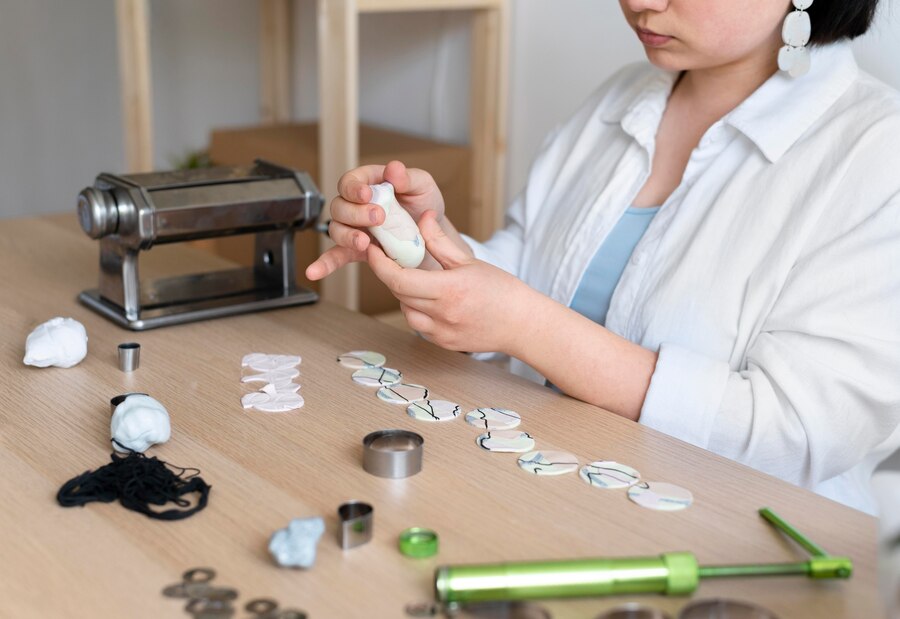Learning How To Needlepoint

In today’s fast-paced world, finding a hobby that relaxes you and provides a tangible outcome can feel like a breath of fresh air. For many professionals, needlepoint offers a peaceful escape with the delightful benefit of creating beautiful art. Whether you’re looking to decorate your home, give thoughtful, handmade gifts, or enjoy a new pastime, learning how to needlepoint could be your next great adventure.
Why Needlepoint?
- Amidst the myriad of crafting options, needlepoint stands out for its simplicity, versatility, and meditative quality. It’s a craft where patience and precision produce exquisite results, from intricate designs to simple, modern patterns. It’s an excellent way for professionals to detach from the digital world, engage in mindfulness practice, and foster creativity away from the workplace.
Getting Started:
Read More: Where To Watch How i Met Your Mother For Free
1. Choosing Your Tools and Materials:
The beauty of needlepoint lies in its minimalistic approach to tools and materials. To get started, you will need:
· A needlepoint canvas, either mono or interlock, depending on your preference.
· Yarn or embroidery floss, wool, silk, and cotton are popular choices.
· A tapestry needle, size dependent on your canvas mesh size.
· An embroidery hoop or frame to keep your canvas taut while you work.
· Scissors and a design or pattern (optional).
2. Selecting a Pattern:
- For beginners, starting with a simple pattern or even a kit is often recommended. These come with pre-selected designs and materials, making your first venture into needlepoint as straightforward as possible. As you gain confidence, you can opt for more complex patterns or create your designs.
3. Mastering the Basic Stitch:
- The primary stitch in needlepoint is the tent, also known as the half cross stitch. It’s simple yet versatile and forms the foundation of most needlepoint projects. Practising this stitch will help you achieve even tension and understand the basics of covering the canvas effectively.
Tips for Success:
· Take your time: Needlepoint is not about speed. Enjoy the process and take pride in your progress.
· Experiment with colours and textures: Part of needlepoint’s charm is the vast array of materials available. Feel free to experiment with different yarns or canvases.
· Join a community: Whether online or in person, needlepoint communities can offer valuable advice, inspiration, and encouragement.
Turning Practice into Projects:
- Once you’re comfortable with the basics, it’s time to start working on projects. The possibilities are endless, from pillows and wall hangings to bookmarks and coasters. Remember, each project offers an opportunity to explore new techniques, play with designs, and refine your skills.
The Professional Edge:
- Needlepoint can do more than provide a creative outlet; it can also enhance your professional life. The focus and patience developed through needlepoint are transferable skills that can improve problem-solving and reduce stress. Additionally, the satisfaction of completing a project from start to finish can boost confidence and provide a sense of accomplishment.

Conclusion Learning How To Needlepoint :
- I am learning how to needlepoint, a journey of creativity, patience, and continuous learning. For professionals seeking a fulfilling hobby, needlepoint offers the chance to create something beautiful and cultivate skills that benefit all areas of life. So why not pick up a needle and thread and see where this timeless craft can take you? #
Read More: Yankee Candle Easy Melt Cup How To Use
Further Explorations:
In addition to the tips mentioned, there are many other ways professionals can enhance their needlepoint experience:
· Use needlepoint as a form of self-care and stress relief. Set aside dedicated time each week to focus on your stitching.
· Incorporate needlepoint into your daily routine by keeping a small project with you for quick moments of relaxation.
· Attend workshops and classes to expand your skills and connect with other needlepoint enthusiasts.
· Use needlepoint as a form of philanthropy by making items for charities or donating projects to auctions or fundraisers.
Take inspiration from nature, fashion, or art to create unique designs that reflect your style.